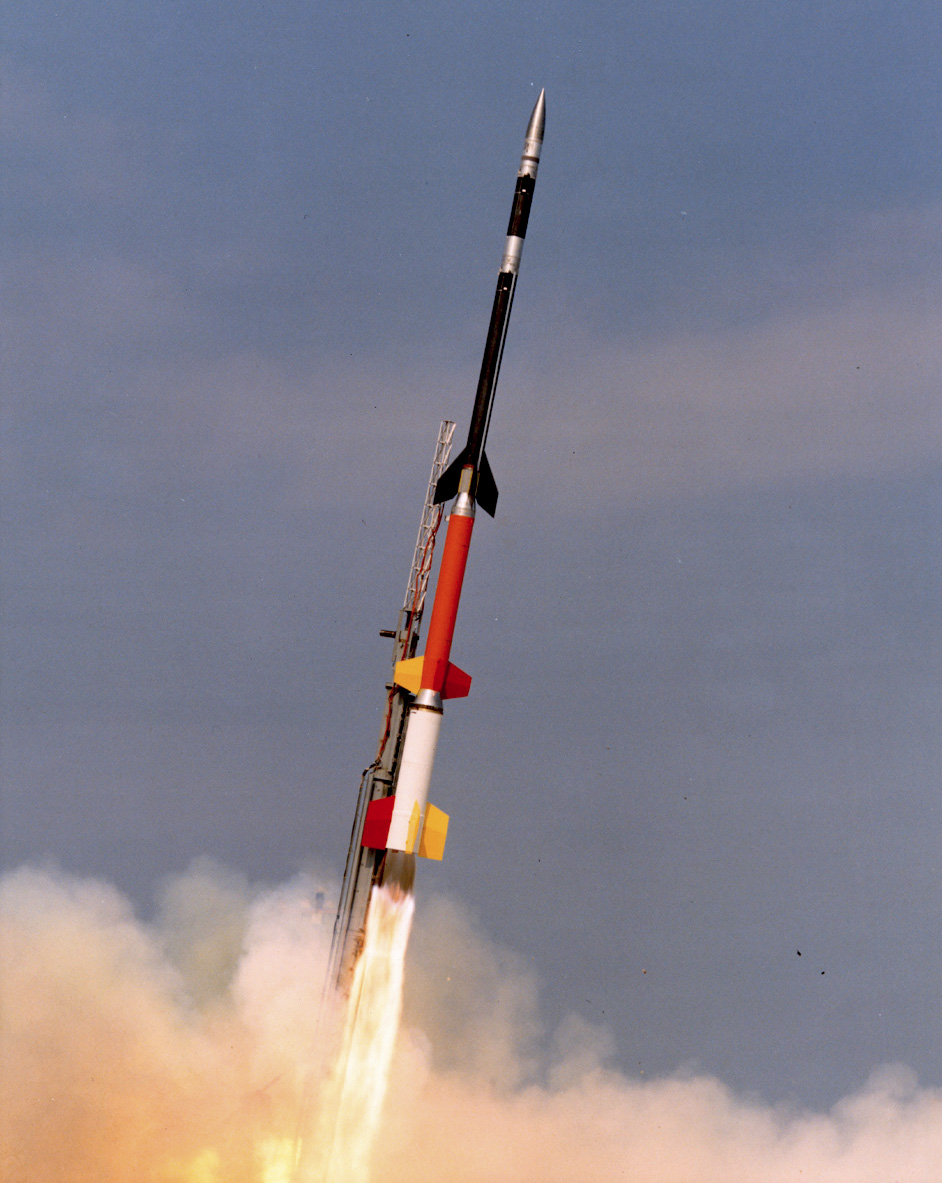|
Improved Orion
Improved Orion is the designation of an American sounding rocket. It has a maximum flight altitude of 85 km, a liftoff thrust of 7.00 kN, a total mass of 400 kg, a core diameter of 0.35 m and a total length of 5.60 m. See also * Terrier Orion The Terrier Orion sounding rocket is a combination of the Terrier booster rocket A rocket (from it, rocchetto, , bobbin/spool) is a vehicle that uses jet propulsion to accelerate without using the surrounding air. A rocket engine produc ... External links Detailed information Sounding rockets of the United States {{rocket-stub ... [...More Info...] [...Related Items...] OR: [Wikipedia] [Google] [Baidu] |
Improved Orion Sounding Rocket-01
{{disambig ...
Improved may refer to: * Improved clinch knot, a knot commonly used to secure a fishing line * Improved-definition television (IDTV) * Improved Touring, a category of classifications for cars in amateur road racing * Improved Orion, an American research rocket * LNWR Improved Precedent Class, a class of 2-4-0 steam locomotive originally designed for express passenger work See also * Most Improved Player (other), a sports award * Past participle of Improvement Improvement is the process of a thing moving from one state to a state considered to be better, usually through some action intended to bring about that better state. The concept of improvement is important to governments and businesses, as well a ... [...More Info...] [...Related Items...] OR: [Wikipedia] [Google] [Baidu] |
Sounding Rocket
A sounding rocket or rocketsonde, sometimes called a research rocket or a suborbital rocket, is an instrument-carrying rocket designed to take measurements and perform scientific experiments during its sub-orbital flight. The rockets are used to launch instruments from 48 to 145 km (30 to 90 miles) above the surface of the Earth, the altitude generally between weather balloons and satellites; the maximum altitude for balloons is about 40 km (25 miles) and the minimum for satellites is approximately 121 km (75 miles). Certain sounding rockets have an apogee between 1,000 and 1,500 km (620 and 930 miles), such as the Black Brant X and XII, which is the maximum apogee of their class. Sounding rockets often use military surplus rocket motors. NASA routinely flies the Terrier Mk 70 boosted Improved Orion, lifting 270–450-kg (600–1,000-pound) payloads into the exoatmospheric region between 97 and 201 km (60 and 125 miles). Etymology The origin of the term ... [...More Info...] [...Related Items...] OR: [Wikipedia] [Google] [Baidu] |
Terrier Orion
The Terrier Orion sounding rocket is a combination of the Terrier booster rocket A rocket (from it, rocchetto, , bobbin/spool) is a vehicle that uses jet propulsion to accelerate without using the surrounding air. A rocket engine produces thrust by reaction to exhaust expelled at high speed. Rocket engines work entire ... with the Orion (rocket), Orion rocket used as a second stage. This Spin-stabilisation, spin stabilized configuration is most often used by the Goddard Space Flight Center, who operate out of the Wallops Flight Facility for sounding rocket operations. The system supports payloads ranging from , and is capable of achieving altitudes as high as , but at least , depending on payload size. Technical details The Terrier Orion system is designed to be rail launched, and can be supported at most fixed and mobile launch sites. The Terrier Mk 12 Mod 1 or Mk 70 rocket used for the first stage uses an diameter motor along with cruciform configured tail fins. T ... [...More Info...] [...Related Items...] OR: [Wikipedia] [Google] [Baidu] |


